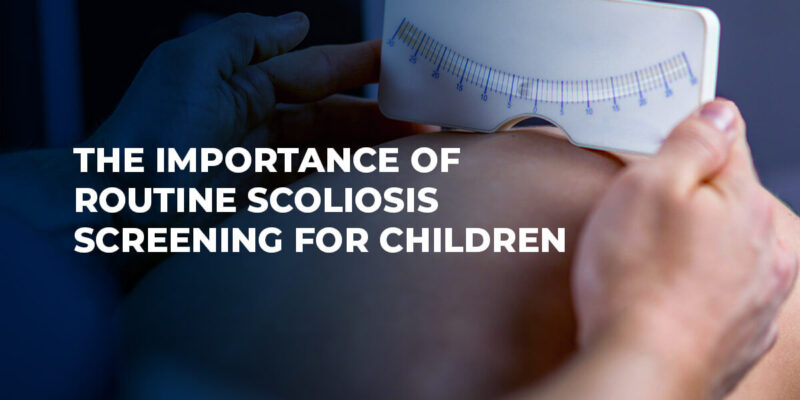

Scoliosis is the sideways curvature of the spine into a C or S shape. This condition can develop in children at a young age and worsen as they grow. To prevent or detect scoliosis early, consider a spinal screening for your child before each school year.
Children who want to participate in sports must have an annual physical before school starts. That said, checkups are a beneficial aspect of pediatric care even if your child isn’t interested in sports. Routine checkups help ensure your child is developing the way they should for their age.
While every annual physical visit may vary between providers, they will almost always require some sort of scoliosis screening. You can also schedule a screening with a spinal specialist.
A scoliosis screening is a noninvasive test that looks for structural abnormalities within the spine. These screenings are quick and simple but very important.
It’s best if your child wears comfortable clothes with no layers to give the doctor an easy view of the spine. Doctors typically do not use equipment for this screening — instead, they will have your child stand on ground level to start. They will then:
Scoliosis should be taken seriously for young children ages 3 to 10. These developmental years are crucial for correcting the problem before it worsens, and early scoliosis detection makes the condition all the more treatable.
After diagnosing scoliosis, treatment can range from wearing a temporary brace to undergoing surgery. Care can vary depending on your child’s age and the severity of the condition.
Here from Sarah about her brace treatment for scoliosis:
Here from Rebecca about her surgical scoliosis treatment:
At New York Spine Institute, your child’s scoliosis care is in good hands. We’ll conduct a scoliosis screening and walk you and your child through treatment options if you need them. Contact us today to schedule a spinal screening!